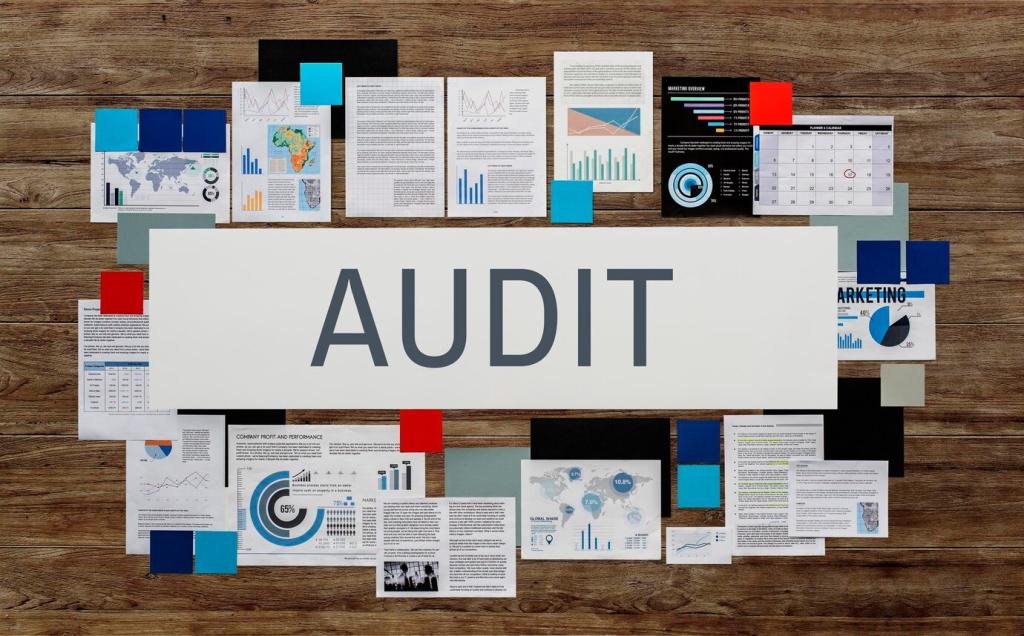
Migrating Financial Data to the Cloud: Confidence, Control, and Clarity
Chosen theme: Migrating Financial Data to the Cloud. Step into a practical, inspiring journey where regulation meets innovation, and financial data securely finds its home in the cloud—without losing accuracy, trust, or momentum.

Regulatory Mapping That Sticks
Map controls to PCI DSS, SOX, SOC 2 Type II, ISO 27001, and GDPR. Align data residency with regional obligations, and document responsibilities using a RACI so audit questions are answered before they are asked.
Encryption and Key Stewardship
Use AES‑256 at rest and TLS 1.2+ in transit. Centralize keys with a managed KMS or HSM, separate duties for key admins and data owners, and rotate keys on a defined cadence with automated evidence capture.
Least Privilege, Verified
Implement role-based and attribute-based access with time-bound elevations. Enforce multi-factor authentication, network segmentation, and private connectivity. Automate access reviews so every entitlement has a business owner and a clear purpose.


Migration Strategies That Reduce Risk
Start with read-only analytical workloads, then move reconciled reference and transactional datasets. Maintain a parallel run for two or more cycles, reconciling variances with golden datasets and signed-off thresholds.
Migration Strategies That Reduce Risk
Lift-and-shift wins when speed matters and dependencies are heavy. Replatform to managed services for resilience. Refactor pipelines to streaming or serverless patterns where latency and elasticity provide real advantage.

Landing Zones and Data Domains
Create segregated landing zones with clear guardrails. Organize by domains like Trading, Treasury, Risk, and Finance. Standardize naming, tagging, and lifecycle policies so lineage, costs, and ownership stay transparent.
Batch, Streaming, and Reconciliation
Blend batch for end-of-day and streaming for intraday metrics. Use immutable storage, schema versioning, and deterministic transformations so reconciliations remain predictable, explainable, and repeatable under audit pressure.
Resilience, RPO, and RTO
Design multi-zone redundancy, cross-region backups, and tested disaster recovery. Define RPO and RTO per dataset criticality, document runbooks, and simulate outages so recovery is a drill, not a desperate surprise.
Governance, Quality, and Lineage You Can Trust
Golden Sources and Controls
Declare golden sources for reference and master data. Automate controls for completeness, accuracy, and timeliness, and publish scorecards so finance leaders see health metrics before closing books or filing reports.
Catalogs, Lineage, and Policy
Adopt a metadata catalog with end-to-end lineage and data contracts. Attach policies to tables, not dashboards, enabling consistent masking, tokenization, and retention wherever the data travels or is consumed.
FinOps for Predictable Costs
Tag workloads by business owner and environment, set budgets with alerts, and rightsize compute. Share monthly showback reports so teams own their spend and optimize without compromising governance or performance.
People, Change, and the Adoption Curve
Bring risk, compliance, audit, and controllers into design sessions. Co-create acceptance criteria and evidence packs so the first audit goes smoothly and trust grows with every successful milestone delivered.
Offer hands-on labs for SQL developers, data engineers, and analysts. A small Center of Excellence curates patterns, reusable modules, and checklists so teams ship faster without repeatedly inventing the basics.
Nominate business champions from Finance and Risk, pilot features with them, and showcase wins. Comment with your biggest training needs, and subscribe to get curated learning paths and office-hour invites.
Testing, Validation, and Continuous Assurance
Automate reconciliations against golden datasets, track variance thresholds, and store results in immutable audit logs. Snapshot sign-offs and attach tickets so every number tells a complete, credible story.


Testing, Validation, and Continuous Assurance
Instrument pipelines with metrics, logs, and traces. Alert on schema drift, data freshness, and row-level anomalies. Dashboards for Finance give instant visibility into data timeliness before closing activities start.
